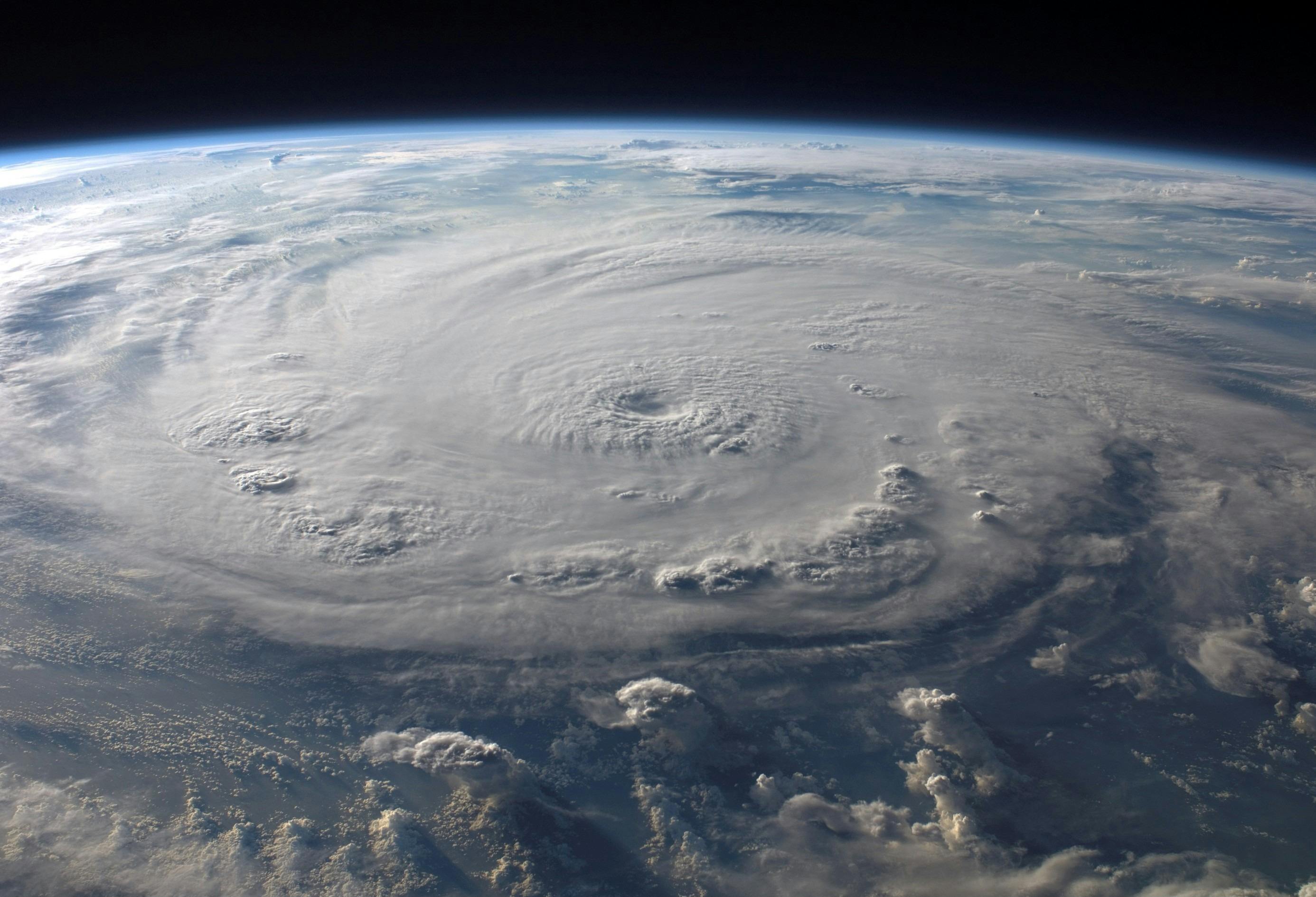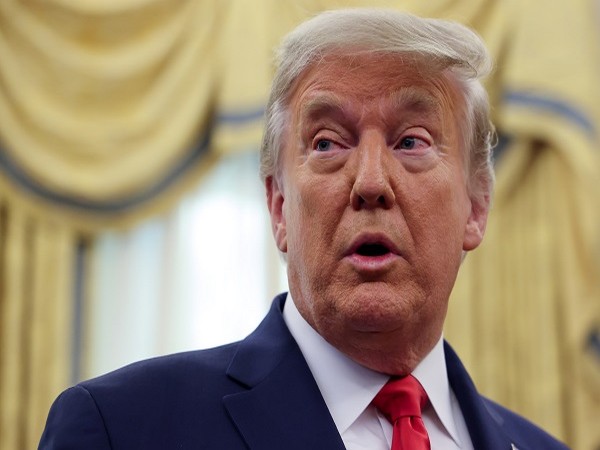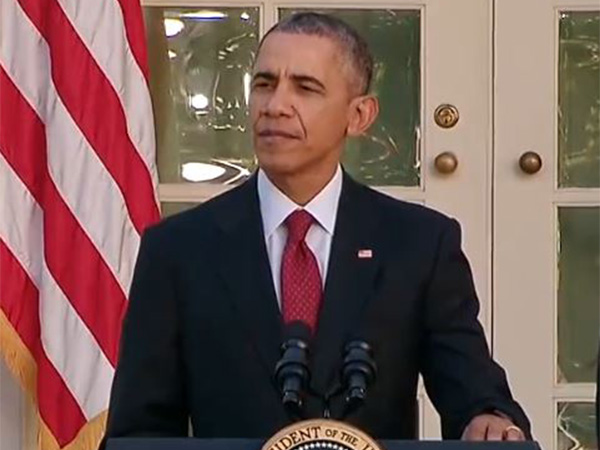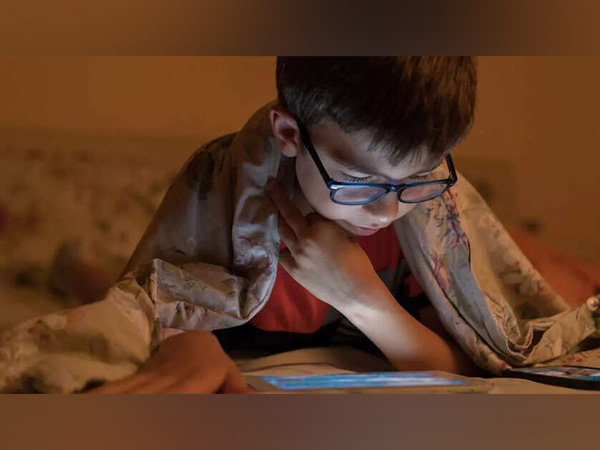
Myopia: The silent threat to children's vision
Jul 18, 2025
VMPL
New Delhi [India], July 18: Myopia, or near-sightedness, is a condition where nearby objects appear clear, but distant objects look blurry. It is the most common refractive error, typically affecting the younger population worldwide. With its rising prevalence, it is estimated that by 2050, half of the global population will be Myopic.
Dr Sanchit Gupta Eye Surgeon,
MS (Gold Medallist),
FNIE,FMR Netra Drishti Eye Carer,
Gandhinagar, Agra
Quote: Myopia, or near-sightedness, is rapidly increasing among children, Today's children are spending less time outdoors and more time on screens, and these lifestyle factors, along with genetics, are contributing significantly to the rise in myopia. Once myopia begins it often worsens with age and can lead to serious eye problems like retinal detachment, cataracts, and glaucoma later in life. The good news is that research shows spending at least 90 minutes outdoors daily can help prevent the onset of myopia in children. If a child is already myopic, early treatment can slow its progression. Today, we have effective options like:
- Myopia control glasses (peripheral defocus lenses)
- Low-dose atropine eye drops
- Orthokeratology lenses (Ortho-K) worn overnight.
Early diagnosis and treatment are key to protecting your child's long-term vision. During Myopia Awareness Week, let's commit to regular eye check-ups, more outdoor play, and timely intervention. Clear vision today means a brighter tomorrow. Both genetic and environmental factors contribute to the development of Myopia. [2] It often begins during childhood and adolescence. Older children may articulate the difficulties they experience with their vision, but younger children might not express their vision problems.
Dr Manjula Jayakumar,
MBBS, DO, DNB, FICO (UK)
Senior Consultant Paediatric Ophthalmology
Dr Agarwal's Eye Hospital , Chennai.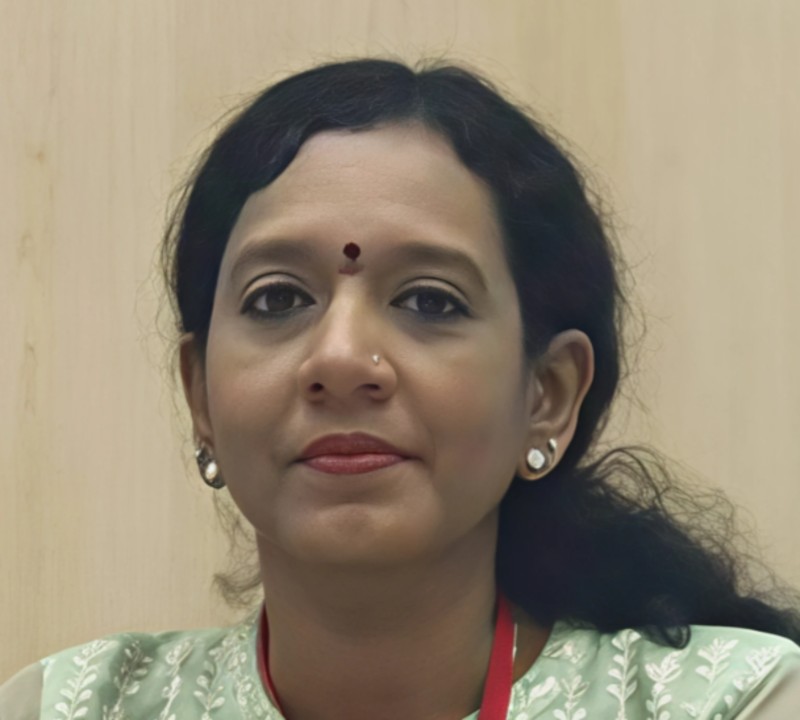
Quote: Myopia (short-sightedness unless corrected by minus glasses) is the bane of the current century. Every 3 out of 10 urban children wear glasses. This is definitely a concern as not only the prevalence of myopia but also the prevalence of high myopia is on the rise. High myopia is glasses over minus 5 Dioptre sphere. What does myopia mean to the child? First of all, it makes a child spectacle dependent. A child will not be able to do daily activities without the help of glasses. Secondly it makes the child vulnerable to the complications of myopia as he grows into an adult. This is both an economic and social burden. So we need to address this issue on a war footing! Children should reduce gadget use and screen time. Children should also spend less time on near activities like reading, art and craft work. They should be like a free bird. Go out and soak in the sunshine and indulge themselves in play and physical activities. Eat healthy balanced food not saturated in carbohydrates and fat that have an indirect link to myopia onset and progression. Develop good habits like reading in good illumination and avoiding dim ambient lighting. If parents are myopic then the likelihood of their children becoming myopes is higher. These children need to be screened for glasses at 3.5 years of age. Though myopia is an epigenetic disorder, which means both genetic and environment have an influence in the onset and progression of the disease, the environmental influences can be totally modified by our behaviour and lifestyle. So do not ignore myopia. Keep a check on its progression. Visit your eye care practitioner twice in a year. Follow their advice with discipline, practice a healthy life style and combat myopia as a disorder.Common signs of Myopia
1. Proximity to screens: One of the most noticeable signs is when a child sits very close to the television or laptop screen. This behavior is also observed in school, where the child may sit close to the board or screen or prefer the front row to see clearly.
2. Blurred vision and headaches: Some children may complain of blurred vision or intermittent headaches.
3. Eye strain: Eye strain is a common complaint among children developing Myopia. [3]
4. Reading and writing habits: Children may hold books close to their faces while reading or bend down excessively while writing or drawing. Very young children might hold objects very close to their faces while playing.
5. Persistent squinting and eye rubbing: Frequent squinting, blinking, or rubbing eyes excessively Behavioural Changes
Dr Lav Kochgaway
Paediatric Ophthalmologist
Netralayam, Kolkata
Quote: Children with minus power should limit their use of small digital devices and play outdoors in sunlight. Despite this, if the power still increases, eye drops and spectacles designed to limit myopia progression can be considered. The cooperation of parents is necessary to tackle it. Certain behavioural changes in children, such as avoiding outdoor play or sports, losing interest in classroom activities, or displaying irritability, may signal vision issues like myopia. These signs often stem from difficulty seeing distant objects clearly. Ignoring them can delay diagnosis and impact a child's academic performance and emotional well-being. Early eye checkups are essential for timely intervention.
Dr Ashwin Sainan
paediatric Ophthalmologist
Hinduja Hospital, Mumbai
Quote: Reducing indoor activities, spending an hour and a half outdoors daily, using low-dose atropine eye drops, and myopia control glasses can help slow myopia progression. Early detection for kids at risk of developing myopia and slowing the condition among those who already have it, with regular eye screenings is vital.Importance of early detectionEarly detection of myopia (nearsightedness) in children is critical for preventing long-term vision issues and ensuring healthy eye development. Myopia often develops gradually, and children may not realize or communicate that their vision is impaired. However, certain warning signs--such as squinting, sitting too close to screens or the blackboard, frequent eye rubbing, or complaints of headaches and eye strain--can signal the onset of vision problems.
Dr Aloka Hedau
Pediatric Ophthalmologist and Squint Surgeon
Dr. Aloka's Eye Care, Hyderabad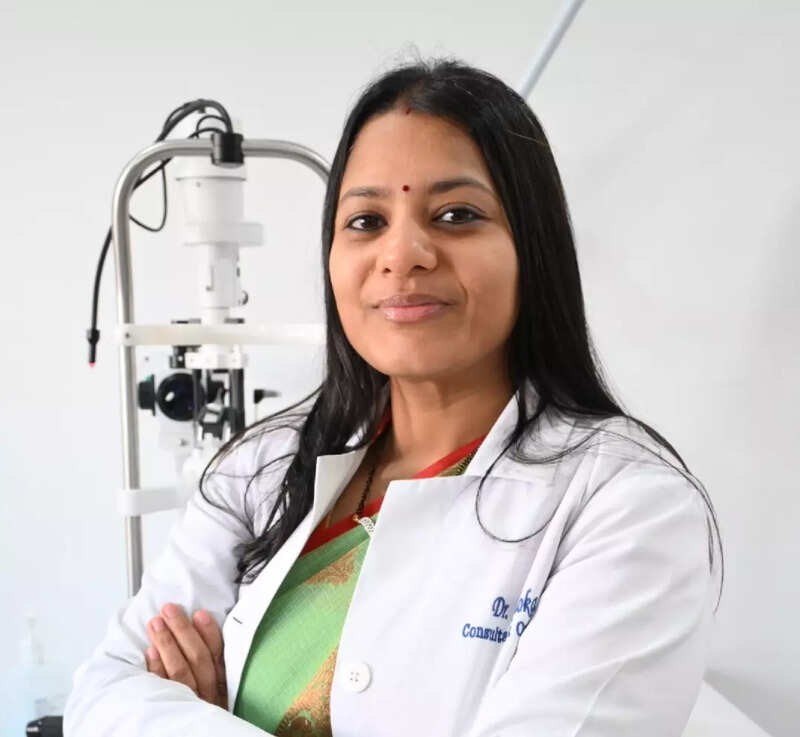
Quote: Two hours of outdoor play in natural sunlight each day can play a vital role in controlling the rising incidence of myopia in children. Exposure to natural light helps regulate dopamine levels in the retina, which in turn helps control the axial elongation of the eyeball--the main cause of myopia. Sunlight also enhances Vitamin D synthesis and provides high-intensity light and visual contrast, both of which support healthier and more stable eye development. In contrast, extended use of handheld digital devices leads to constant near focusing, increasing the eye's accommodation demand and speeding up axial growth. This digital strain worsens myopia over time. Encourage outdoor activities and limit screen time--making the sun your child's daily companion is one of the simplest ways to safeguard their long-term vision. Parents, caregivers, and teachers play a key role in noticing these behavioural changes. If any such symptoms or a sudden shift in a child's visual behavior are observed, it is crucial to consult a qualified ophthalmologist without delay. Timely intervention can help manage the condition effectively through corrective lenses, lifestyle changes, or treatment options that slow the progression of myopia. By catching it early, we can protect children's vision, support their academic performance, and contribute to their overall well-being.
1. World Health Organisation (WHO). The Impact of Myopia and High Myopia: Report of the Joint World Health Organisation-Brien Holden Vision Institute Global Scientific Meeting on Myopia, 2015.
2. Holden BA et al. (2016). Global Prevalence of Myopia and High Myopia and Temporal Trends from
2000 through 2050. Ophthalmology, 123(5):1036-1042.
3. Indian Journal of Ophthalmology (2023). Prevalence and Risk Factors of Myopia in Indian Schoolchildren: A Multicity Cross-sectional Study.
(ADVERTORIAL DISCLAIMER: The above press release has been provided by VMPL. ANI will not be responsible in any way for the content of the same)
